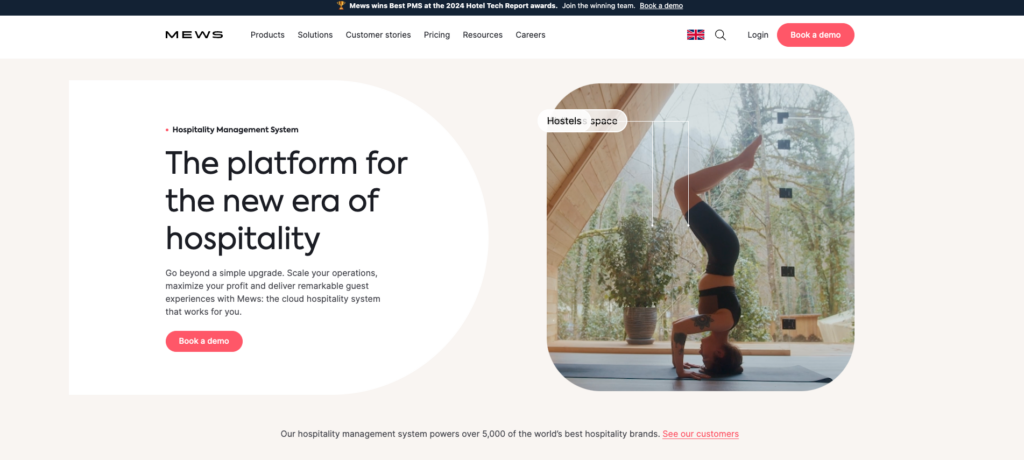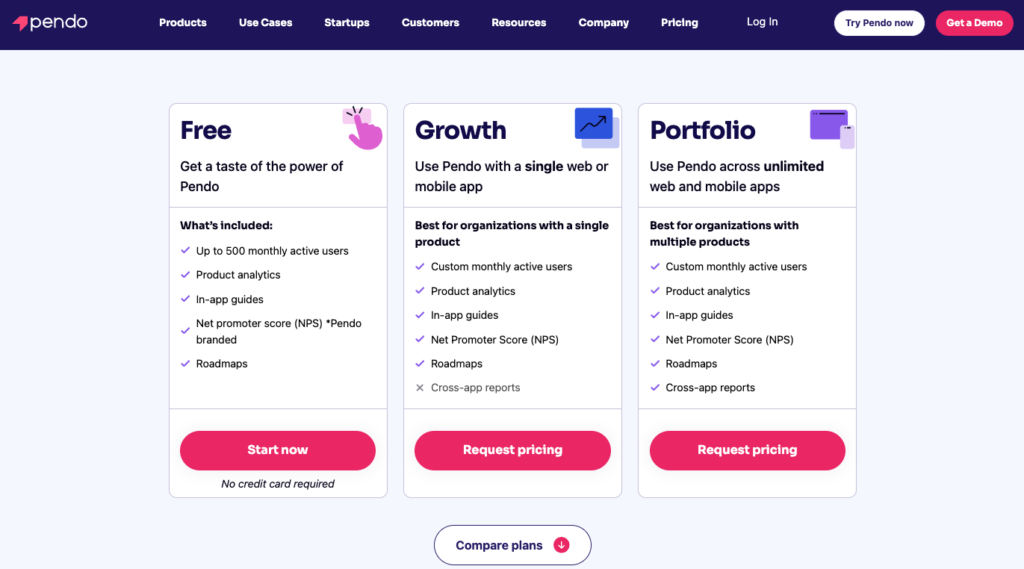This post was first published in our SaaStock Blueprint newsletter. Subscribe now to get insights like this, straight to your inbox.
It’s somewhat of a SaaS adage that only 4% of SaaS companies make it to $1M ARR, and that only 0.4% make $10M.
And so $100M is even fewer again.
According to Notion Capital, only 1% of the companies that raise more than $3m go on to achieve $100M ARR.
It’s a milestone that few founders get to reach. As a result, the path to achieving it stays muddy.
I’ve spoken to a number of founders who’ve managed to get there on the podcast – and while there’s no secret sauce, or direct route to the finish, there are some patterns and learnings that at least provide stepping stones to guide the way.
$0-1M – Find your product market fit
Getting to the first million is arguably the hardest bit of a founder journey. You’re finding your feet, understanding who your customers are, and trying to find your place in the market.
Amir Orad, ex-CEO and now Executive Chairman at Sisense, explained that finding product market fit (PMF) is throwing all sorts of product offerings to the market until something sticks repeatedly.
Repeatedly is the key word here as, in his words, “one-off is not product market fit. It’s a product market fluke.”
Pendo Founder and CEO Todd Olson described “fumbling” through product market fit on his 12 month journey to $1M:
“Our strategy early on was actually pretty darn simple. It was to find people interested… we can get them using our software, even in a beta capacity. And then just iterate, iterate, listen, iterate…And through that we continue to evolve the product.”
Papaya Global CEO and Co-Founder Eynat Guez recalled leaning on those in her network that would understand the problem they were trying to solve. She then used insights from those conversations to inform what an MVP people would pay for looked like. And, of course, how to make it happen with a limited team and limited resources.
$1M-10M – Establish go-to-market processes
Once you’ve gained some traction in the market, the next stage is to establish the go-to-market processes that will further fuel growth. And this looks different for everyone.
For Pendo, it involved the bold decision to acquire a 30 person company to build out the mobile support for the product.
For Papaya Global it was content marketing. The team initially leveraged budget-friendly SEO before investing in channels like LinkedIn to find prospective customers where they were already looking for solutions.
For property management software, Mews, it was hiring a CMO, fixing the website, and setting up a predictable inbound marketing machine.

$10-50M – Expand your horizons
Staying on that growth trajectory after $10M requires pushing the boundaries of what you’re doing. This includes things like:
- Honing in on what works so you capture even more of a customer segment,
- Expanding internationally and increasing your TAM,
- Or looking at your product roadmap to see which features might help you move up or downmarket.
For Mews, it meant doubling down on that inbound SMB machine and really investing in the data infrastructure behind it. And it worked, CEO Matt explained:
“For SMB, I know how much we need to spend on that segment per market, what that’s going to drive in MQLs, and how those MQLs convert per channel. …You start to know what a click costs you and how much you should invest in which channel, and it’s genuinely a machine.”
Pendo decided to move upmarket at around the $50M mark and started to serve large enterprises. This meant evolving its go-to-market motion, updating the tech stack, and adapting to slower sales cycles.

$50-100M Don’t be afraid to reinvent yourself or your team
The $50-100M ARR stage presents its own set of challenges. Sure, you know more about what works but now, you need to do it at scale. You need to find new strategies for growth. And you need the right team to do it with.
Pendo’s Todd Olson explained that as you scale, company growth often outpaces professional growth. That’s when people who were right in a role when you started, aren’t the right fit for the next stage.
As Pendo scaled, the majority of the executive team changed over twice. While better for the company long term, Todd spoke to the fact that this also means a lot of change for the rest of the company that you then need to manage.
As companies grow, Founders and entrepreneurs become business leaders. Mews Founder Matt Welle described becoming a manager of managers as a tipping point for realising his leadership style needed to change. As an entrepreneur, he had micromanaging tendencies and wanted to quality assure what was happening across in the business. As Mews scaled, he realised he needed to take a step back and work with managers on communication processes that kept him calm – without getting in the weeds.
Get more insights from The SaaS Revolution Show
Whatever route you take, the path to $100M ARR is a long one and at times a lonely one for founders. I’m looking forward to speaking to more who’ve been there and others who are still on their way – and sharing their insights so that more SaaS founders and operators can learn from peers, and ultimately grow faster and more efficiently.
The company insights in this article are snippets from conversations on our podcast. We release new episodes of The SaaS Revolution Show weekly, subscribe now or watch the episodes on our YouTube channel.





